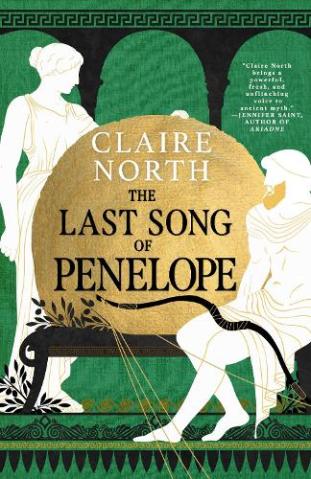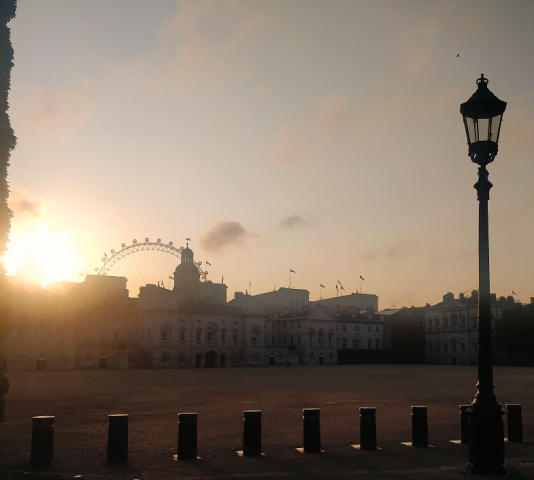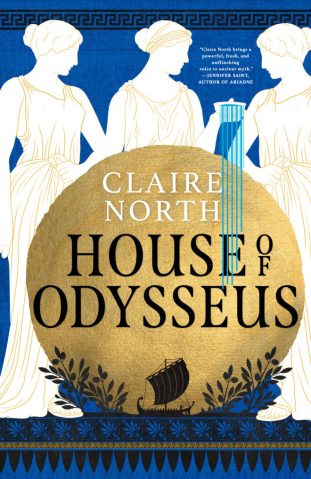False Hope
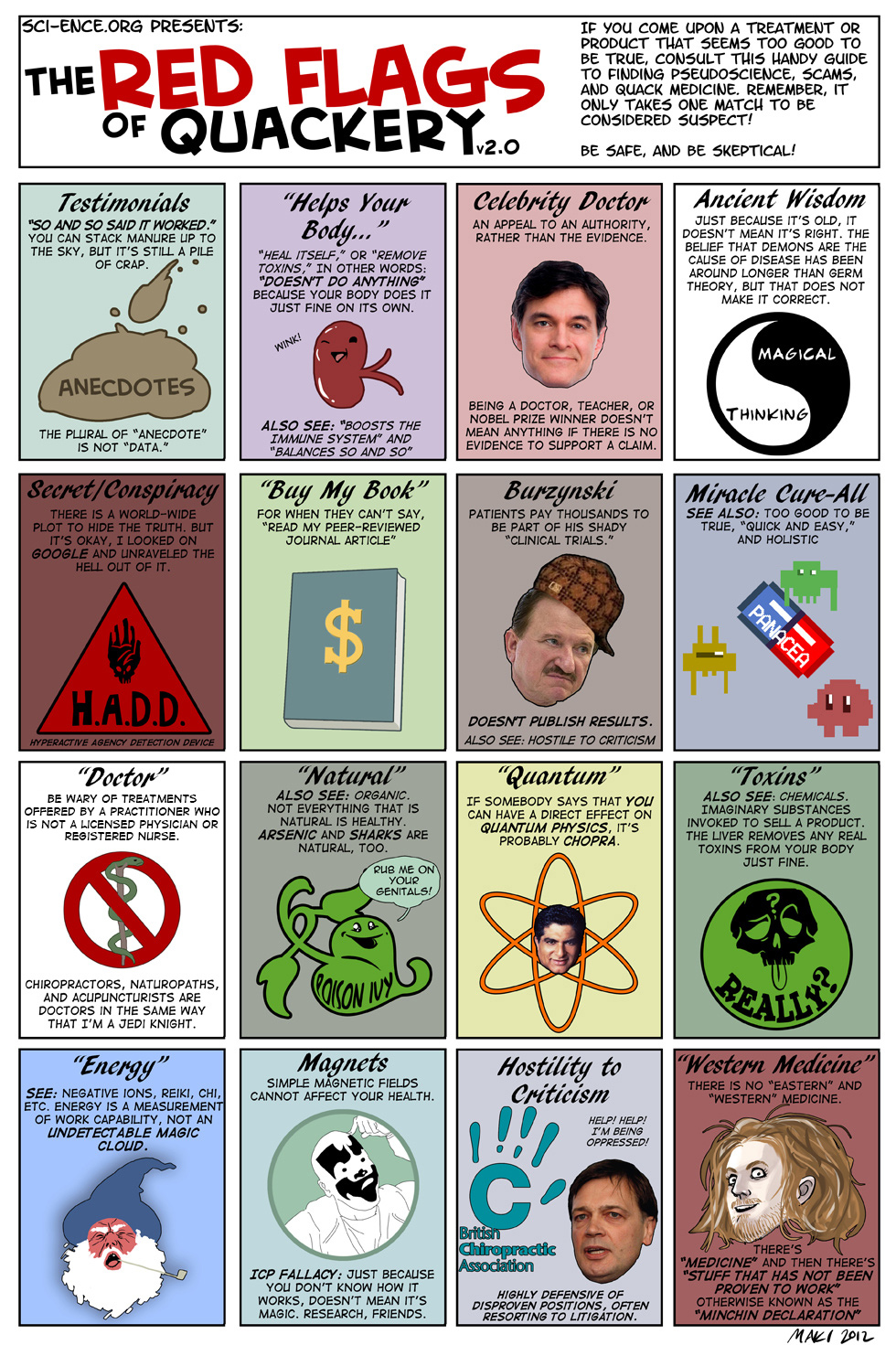
This is from sci-ence.org:
I open with this, because it’s kinda cute, kinda fun, and I don’t want tempers to fray before I’ve even got a paragraph in.
So, this time last year, I took the train from Carcasson to Toulouse. I say that… I took a long series of ever-increasingly-delayed trains to Toulouse, but never mind. The route is fairly straight, through increasingly interesting landscapes, except at one point where the track makes a massive curve towards the Alps to go to Lourdes.
Lourdes, for anyone who doesn’t know, is a French town boasting a tiny population but over 5 million tourists every year. And why? It’s not the ravines (which are impressive) or the castle (which is okay if you like that sorta thing) – oh no. It’s the shrine for Our Lady of Lourdes.
And that’s fine! As readers will know, I’m atheist, but I like a good shrine as much as the next girl and have a lot of respect for a) nice architecture and b) any doctrine which says it’s good to be compassionate. Groovy. However, the shrine in Lourdes has a very specific function: it’s renowned for its ability to heal.
Again: fine. If you believe, then I see no harm in going and praying at Lourdes. Unless, that is, the belief settles over you that by praying, you don’t have to do chemotherapy as well. That’s where it starts to go wrong for me. And as ‘healing’ places go, I guess we should be grateful that the entry to the shrine itself isn’t obscenely expensive, isn’t tens of thousands of dollars, perhaps, but then again, Lourdes has the second highest number of hotels per kilometre in all of France. After Paris. Walk through the streets and you can buy Holy Mary plates, cups, medals, postcards, blessed water, sacred candles, Holy Mary cigarette lighters and flick knives. Very ill people come to this place looking for hope, and an industry makes money off it.
Lourdes is, in many way, a low-key example of an industry which thrives by giving hope to the ill. A fascinating one, in that an entire rural economy depends on religious furvour for its income, but still, low-key and at most inducing a bit of irritation from atheist skeptics like myself, rather than an actual rant.
No. For me, by far the more offensive manifestation of this are ‘scientific’ institutions that hide themselves behind a white coat and meaningless brochures. I’d been thinking about this for a while, but will admit right now that my urge to write this blog was in response to a BBC Documentary about a clinic in Texas that claims it has a radical new approach to treating cancer that can save lives. If it does: amazing. Absolutely amazing.
But doesn’t share its research. Full data is not released to the scientific community. The drugs are not reviewed. Treatments are not shared. For a very large amount of money, desperately ill people go to this clinic hoping for a cure, and who can blame them? I’ve sat with a close family member in oncology outpatients and frankly, if I were told there was an easy fix for a deadly disease, I’d probably pack up and go to Texas.
But there’s no evidence. Worse: there’s hostility to releasing evidence. There is obstruction. Data is obscured. Watching the documentary, the thing that struck me more than anything was the key difference between the mainstream scientists who were interviewed, and the practitioners at the clinic. The practitioners spoke in absolutes, and with defiance. ‘Your questions are wrong,’ they’d say, or variations on a theme of ‘you’re biased, you’ve got an agenda, you don’t understand the documents before you’ and so on. Whereas the external scientists bit their lips and said, ‘we haven’t seen data either way. Show us data and then, only then, we will make an informed judgment.’
It sounds like a little thing, but it’s the most important thing in the world. Scientific method, the process of study, investigation and research, is what divides technology from magic. It is how we advance – not by hope, however alluring it is, not by wishing it so, but by a process which regulates itself to seek the absolute truth, no matter how hard that may be.
‘Lemongrass and asparagus juice,’ said a very well meaning friend to my cancer-treatment relative once. ‘It works wonders on tumors.’ How angry I was when I heard those words. Grateful, for sure, because it’s nice that people care, and hell, lemongrass and asparagus – these are both Good Things. But how angry it made me, knowing how hard chemotherapy is and being witness to the hell that is cancer diagnosis and treatment, to have such a complicated disease reduced down to a miracle vegetable and no evidence.
It is an anger that extends to so many ‘alternative medicines’. Sure, aromatherapy might be calming, and that’s a good thing. Homeopathy, if you believe in it, might help you relax simply through an exercise of the placebo effect. But if you dare to suggest, if you even whisper to me that these are proven, viable alternatives to medicine that has been peer reviewed, examined and refined, studied and explored by a whole world applying open and understandable experimental method to their investigations, if you suggest that slurping a bit of sugar water with a pinch of dandelion in it, for which I’ve paid £100, is the way to go, I might just throw my boot across the floor.
